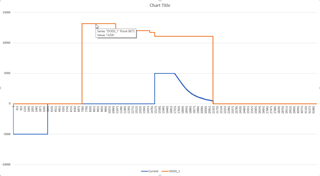Tool/software:
Hi Team,
We encounter a learning cycle issue. When conducting the learning cycle with the cell Chemistry ID we applied for ourselves, it has never been successful. When we use the same testing method and change the Chemistry ID to test from the Chemistry ID library, it succeeds. The attachment is two log files from the testing process. Please help analyze what caused it.
Note:
ID7963 : This is the ID we applied for after providing the cell. The learning cycle cannot be completed with this ID.
ID7236 : This is the Chemistry ID returned from the Chemistry ID library after we uploaded the gg file. This ID can successfully complete the learning cycle.



